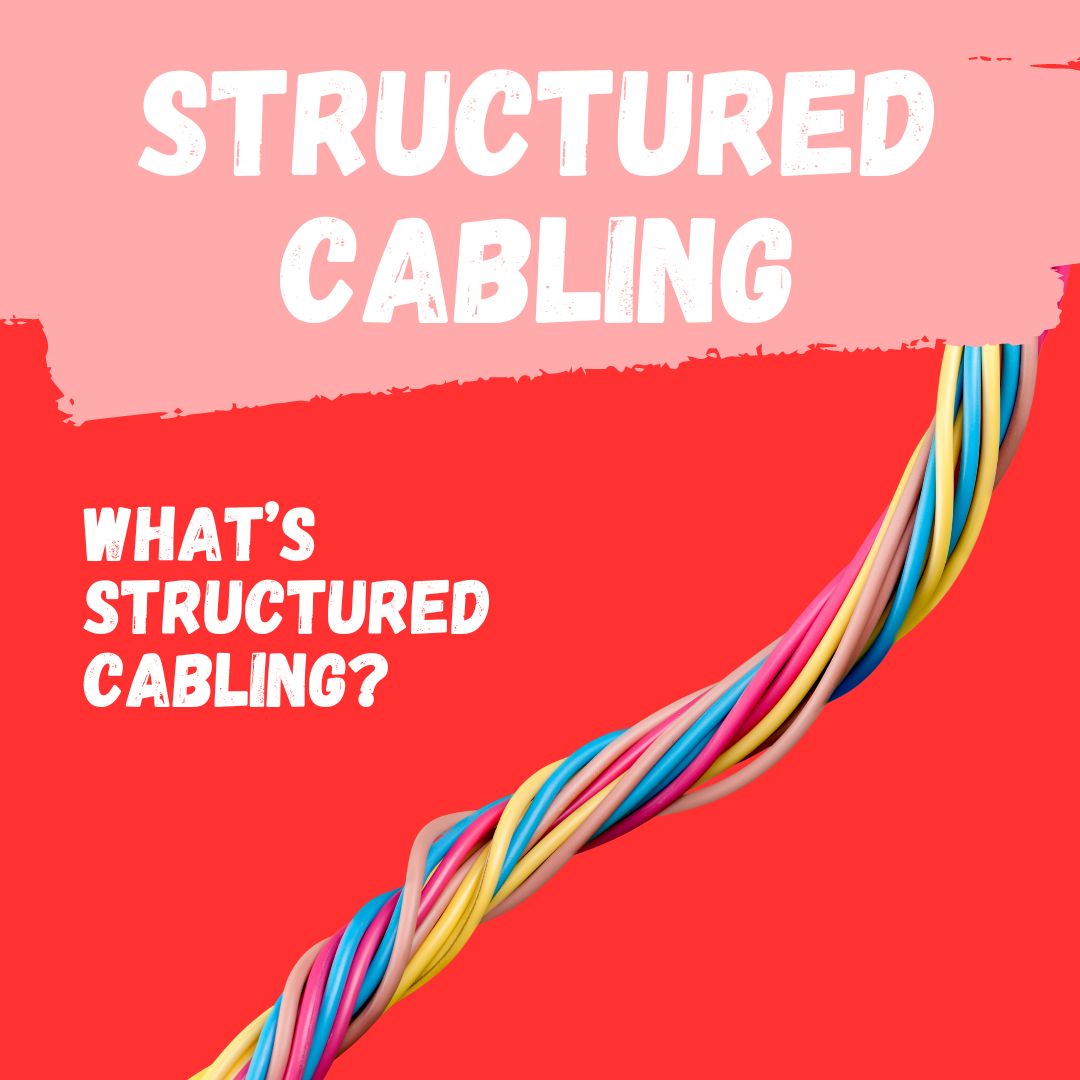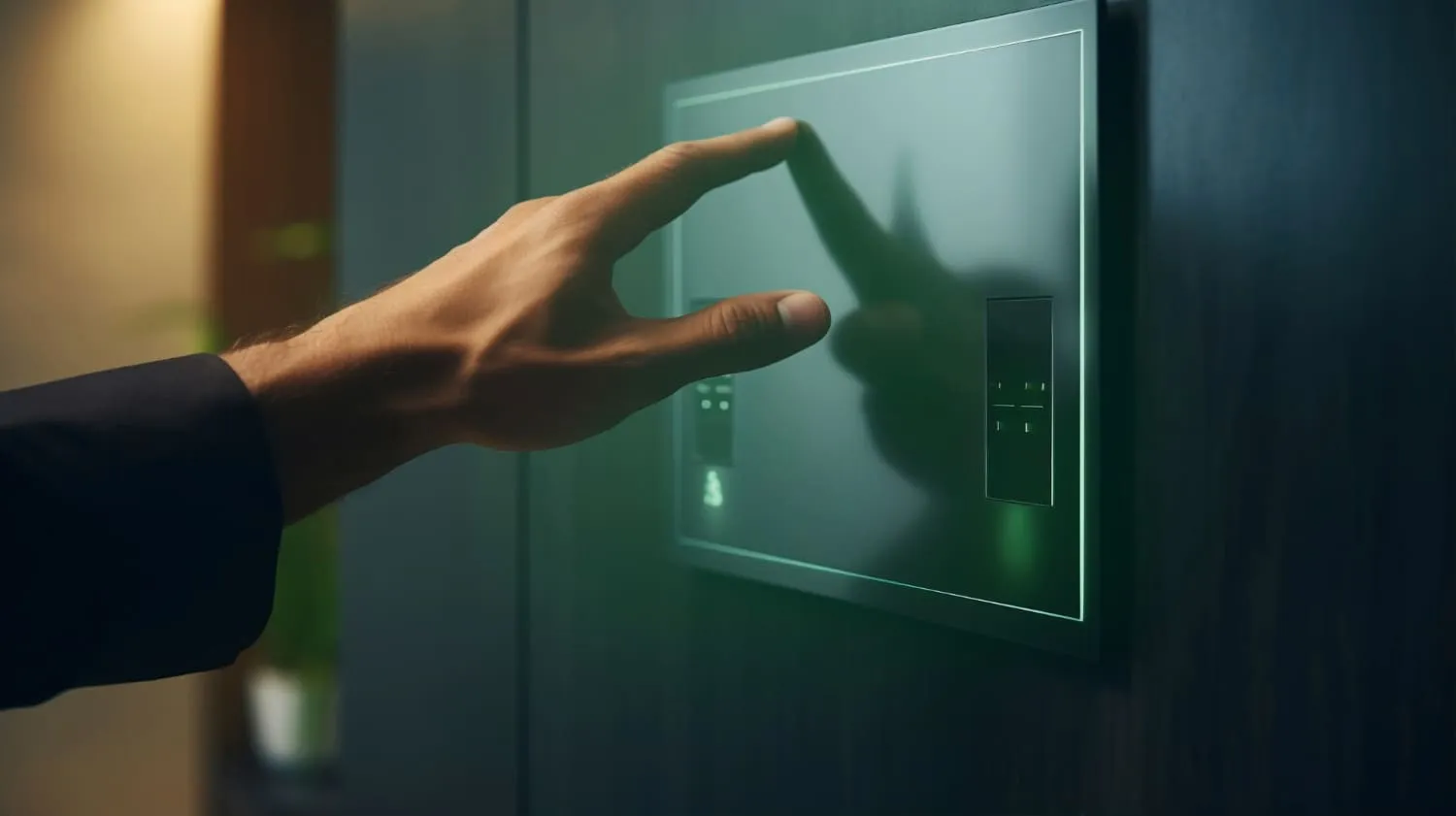Customer Data Security in Call Centers: Best Practices for Compliance
Call centers handle a wealth of sensitive customer information daily, making data security a top priority.
Sept. 22, 2023, 2 min read,

It's the hidden infrastructure that enables the seamless flow of data, voice, and video throughout homes, businesses, and institutions.
Structured cabling refers to the standardized, organized, and comprehensive cabling system that serves as the foundation for all communication networks within a building or campus. Unlike the spaghetti-like tangles of cables that can be found in older setups, structured cabling provides an orderly and efficient approach to managing network infrastructure.
Structured cabling systems consist of various components working together harmoniously. Here are the key elements:
The cables themselves are the core of structured cabling. These include copper cabling (typically Cat 5e, Cat 6, or Cat 6a) and fiber optic cabling (single-mode or multi-mode). Copper cables are used for Ethernet connections, while fiber optics are ideal for high-speed, long-distance data transmission.
Patch panels are used to terminate cables and connect them to network switches, routers, or other networking devices. They allow for easy reconfiguration and maintenance.
These are the points where network devices (such as computers or IP phones) are connected to the cabling infrastructure. They come in various forms, including RJ-45 jacks for Ethernet connections and fiber optic connectors.
Racks and cabinets house the networking equipment, servers, switches, and patch panels. They provide physical protection, organization, and ventilation for these devices.
Cable trays, raceways, and cable management systems keep cables organized and prevent them from becoming tangled or damaged. Neat cable management not only looks professional but also makes maintenance much more straightforward.
Structured cabling offers several critical advantages:
A well-designed structured cabling system reduces the risk of network failures and downtime due to cable issues.
It's easy to add or remove devices and connections without major disruptions or costly rewiring.
Different types of devices, including computers, phones, cameras, and more, can all share the same cabling infrastructure.
High-quality structured cabling can support the ever-increasing demand for bandwidth, ensuring your network remains capable of handling future technologies.
Troubleshooting and repairs are simplified with structured cabling, making it easier to identify and address issues quickly.
Structured cabling is the invisible backbone that keeps our modern world connected. Whether you're in a home, office building, data center, or university campus, a well-designed and maintained structured cabling system is essential for efficient communication and data exchange. By investing in structured cabling, you're ensuring that your network infrastructure is reliable, scalable, and adaptable to the ever-evolving demands of our digital age.
📞 Contact us at +971509956240
🌐 Visit our website at www.arcnetuae.com
Call centers handle a wealth of sensitive customer information daily, making data security a top priority.

With the rise of Artificial Intelligence (AI), companies are finding innovative ways to revolutionize their customer feedback services

Embracing Technology for Enhanced Patient Care

Deliver exceptional customer service and improve agent efficiency with our Call Center Solution, available on-premise or in the cloud

Customer service is not just about solving problems and answering questions; it's also about understanding human psychology and emotions. Call centers are at the forefront of this intricate interaction, where every conversation can impact customer satisfaction. In this article, we delve into the psychology of customer service and how call centers can harness it to leave customers delighted.

In this article, we'll explore the key strategies that can transform your training program and empower call center agents to excel in their roles.

Branch connectivity is a crucial aspect of modern business operations...

In this article, we'll explore the pros and cons of each approach to help businesses make an informed choice.

Get know about The Internet of Things (IoT): Connecting the Smart World

In this article, we will delve into the crucial role of DNS in the internet, its function, and its significance in simplifying our online experience.

IPv4 vs. IPv6: Navigating the Transition to the New Internet Protocol

Voice over Internet Protocol (VoIP). what you should know about it.

Do you need to install a server in your place or do you need outsourcing?

Technical services for installing and setting up servers and supporting servers such as HP and Dell at your' place

video surveillance setups, CCTV gear with setup and installtion services.

In today's globalized business landscape, powerful communication and customer service are vital for achievement.

One question many business owners often wonder is whether they need a call center solution.

It's crucial to understand the essential software and equipment required to set up a call center. In this article, we'll walk you through the key components you need to establish a functional call center.

In today's world, fast internet is important. There are two common ways to get it: Fiber-to-the-Home (FTTH) and Digital Subscriber Line (DSL).

Acronyms like DSL and VDSL often leading to confusion about their meanings and capabilities. Are they the same thing? Or do they represent distinct technologies?

In this article, we'll dive into the world of call center performance measurement and explore the critical metrics that drive success.

"This has been by far the worst airline call center experience I've ever had"

Explore the latest advancements in access control technology, from IoT integration and touchless entry to biometric authentication and AI-driven automation, ensuring robust and efficient security solutions for modern workplaces.

In a fast-paced digital world, where communication and technology are vital, ArcNet stands as your reliable partner for all your IT and Telecom needs.

Discover how custom IT applications are reshaping the landscape of education, fostering innovation, accessibility, and collaboration.

Enhance your business communication with ArcNet’s cutting-edge Call Center Solutions in Dubai, UAE. From advanced software to customized projects, we empower businesses with scalable, efficient, and cost-effective call center services tailored for success.
